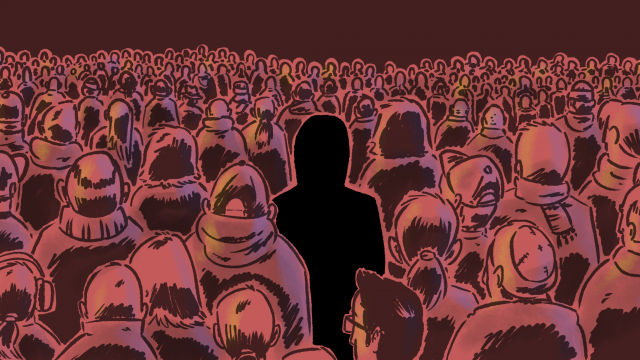This document reports the findings of a research project commissioned by the UK Home Office to investigate select aspects of the better-known conceptual frameworks of radicalisation leading to involvement in terrorism. This project explored:
1) Whether better-known analytical frameworks of radicalisation leading to terrorism involvement can be operationalised and their main concepts made observable through proxy indicators commonly available about individuals convicted for terrorism, who radicalised and offended in the UK;
2) Some frameworks are more easily observable than others given this approach;
3) Some concepts, or categories of concepts, are more observable than others, independent of the analytical frameworks to which they belong.
The seven selected frameworks were: the 3Ns, Friction, Network, Rational Choice, Social Movement, Terrorist Mindset, and the CT Framework. To capture the frameworks' 'observable fit', we adopted a conjunctive analysis approach to generate configuration tables from the coding of 137 cases of religious, right-wing or single-issue homegrown radicalisation resulting in a conviction in the UK between 1995 and 2020. We determined whether each concept in a framework was present in each case by operationalising them using 160 observable proxy indicators. We also conducted a cluster analysis of a) the concepts within a framework and b) all the core concepts, irrespective of framework.
Fully observing a complete framework (i.e., all concepts seen in a case) was relatively uncommon amongst cases. The only exception to this was the 3Ns framework, which only includes 3 concepts and where 54/137 cases showed complete observability, whilst in contrast four frameworks did not reveal any individual case where all concepts were present. Despite the lack of complete observability, many concepts from a number of the models were found fairly frequently amongst our cases. For example, the concepts ‘narratives’, ‘power of love’, ‘network mobilisation’, ‘socialisation’, and ‘radicalising exposure’ are frequently seen. Our cluster analysis of all concepts suggested that our 137 cases could be roughly split into two clusters in which WHO and WHY indicators dominate observations in one group and another group in which WHERE and HOW indicators dominate observations.
As regards the study's main research question – are better-known frameworks of radicalisation leading to terrorism involvement readily observable through available data? – the answer would appear to be no, if observability is taken to mean the presence of all core concepts in individual cases. However, it’s also apparent that select concepts amongst the models can be operationalised and can be observed in open-source data. In other words, this analysis suggests that although no single framework studied here might account (strictly speaking be observable) for the whole phenomenon of radicalisation, several may contribute elements via those concepts that appear frequently. It also suggests that agreement as to how common concepts should be operationalised (i.e., observed) would facilitate the accumulation of knowledge and the transmission of best practices in this space. Finally, because indicators are inherently versatile and can be related to several concepts, it makes the case that perhaps the most valuable contribution of analytical frameworks is the guidance they can provide to support the interpretation of constellations of WHO, WHY, HOW and WHERE indicators in context.
Copyright Information
As part of CREST’s commitment to open access research, this text is available under a Creative Commons BY-NC-SA 4.0 licence. Please refer to our Copyright page for full details.
IMAGE CREDITS: Copyright ©2024 R. Stevens / CREST (CC BY-SA 4.0)






